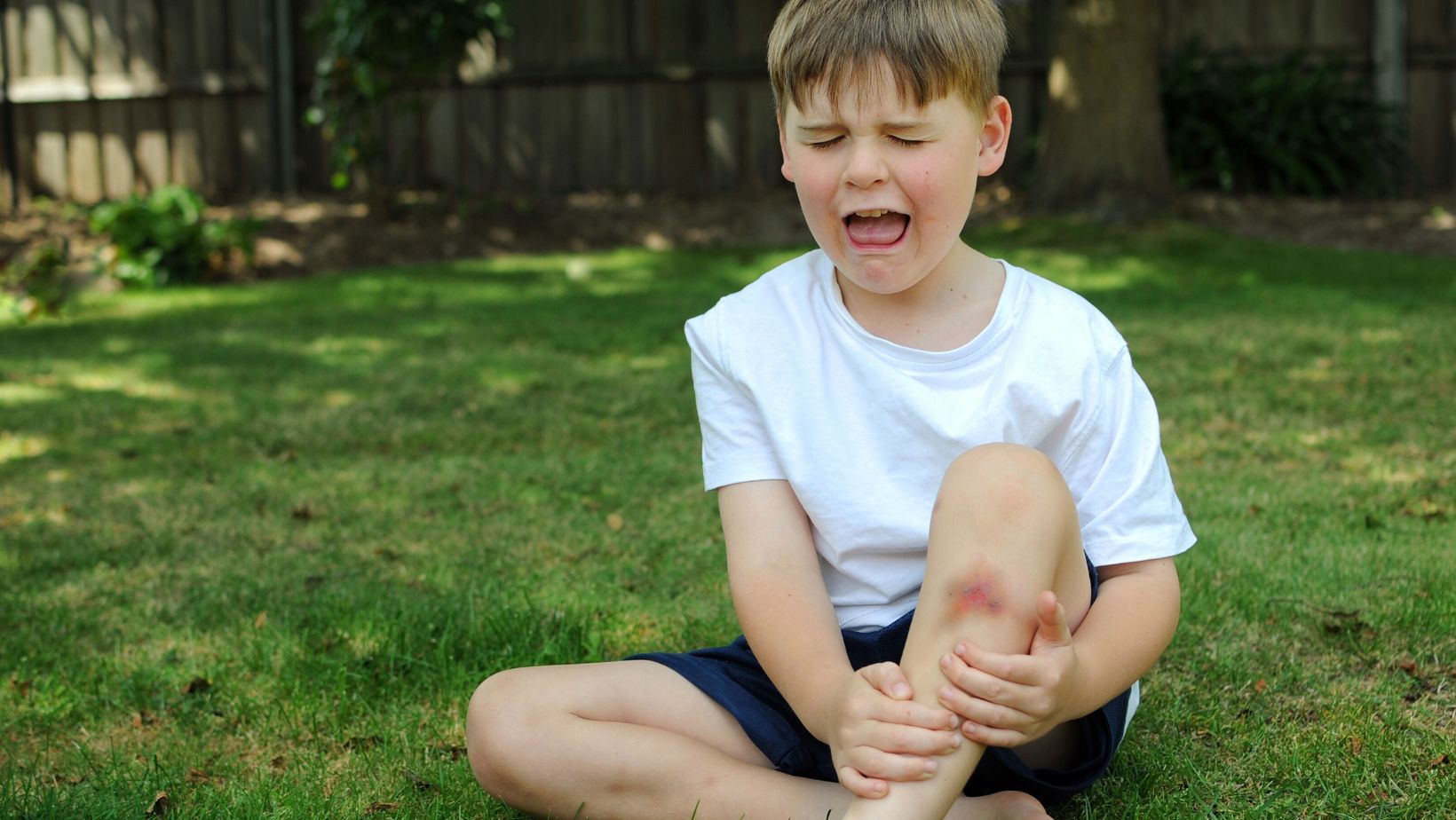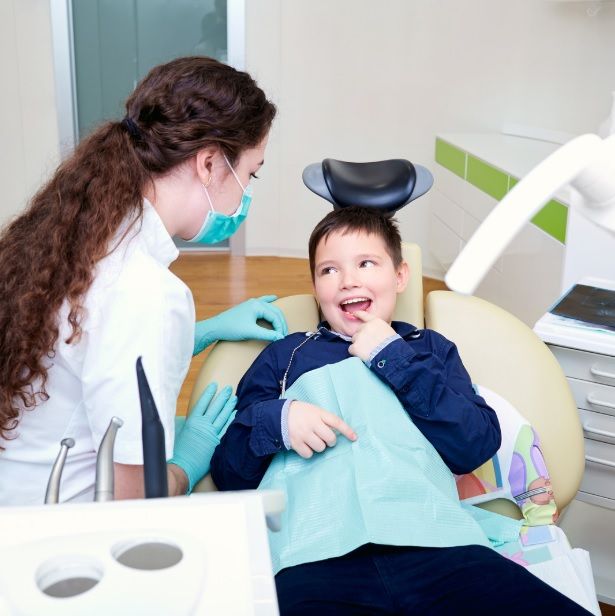Every parent’s worst nightmare is the thought of their child getting hurt. Yet, every hour, one child’s life is tragically cut short due to an injury, and approximately one in five child deaths can be attributed to preventable injuries. As parents, caregivers, and guardians, it’s crucial to understand the most common causes of childhood injuries and deaths and take proactive steps to keep our children safe.
Understanding the Risk
In 2019, over 7,000 children lost their lives to unintentional injuries in the United States alone. While the number of childhood injury-related deaths has decreased by nearly 30% over the past decade, injuries still remain the leading cause of death among children. The most prevalent causes of childhood injuries are the following.
- Motor Vehicle Crashes: Motor vehicle accidents claim more lives than any other unintentional injury. Ensuring proper use of car seats, booster seats, and seat belts, as well as practicing safe driving habits, can significantly reduce the risk of injury in the event of a crash.
- Drowning: Tragically, drowning is the leading cause of injury-related death for children aged 1 to 4 years. Vigilant supervision around water, teaching children to swim at an early age, and installing barriers such as pool fences can help prevent drowning incidents.
- Suffocation: Suffocation, which includes choking and strangulation, poses a significant risk to young children. Keeping small objects out of reach, ensuring a safe sleep environment, and supervising children during mealtime and play can prevent suffocation accidents.
- Poisoning: Ingestion of harmful substances, including medications and household chemicals, can result in poisoning-related injuries and deaths. Storing toxic substances out of reach, using child-resistant packaging, and teaching children about the dangers of ingesting unknown substances are essential preventative measures.
- Fires: Burns from fires and hot surfaces can cause severe injuries to children. Installing smoke detectors, practicing fire escape drills, and teaching children about fire safety can mitigate the risk of fire-related injuries.

- Falls: Falls from heights, such as furniture and playground equipment, are common causes of injuries in children. Securing furniture to walls, using safety gates and guards, and providing proper supervision during play can prevent fall-related accidents.
- Concussions: Injuries like falls and motor vehicle crashes can result in concussions, a type of traumatic brain injury. Recognizing the signs and symptoms of concussion and seeking medical attention promptly is crucial for the well-being of children and teens.
Taking Action
Preventing childhood injuries requires a multi-faceted approach involving education, supervision, and proactive safety measures. Here are some tips and resources to help keep our children safe.
Education
Educate yourself and your family about the common causes of childhood injuries and how to prevent them. Utilize resources provided by organizations such as the Centers for Disease Control and Prevention (CDC) and Safe Kids Worldwide. Many communities also offer workshops and seminars on child safety and injury prevention. Check out these events to learn about the latest safety recommendations and connect with experts who can offer personalized advice. Once you educate yourself, don’t forget to share the knowledge with other parents and community members.
Supervision
Supervise children closely, especially around water, during play, and near roads. Teach children about potential dangers and how to stay safe in various situations. When supervising children, make sure to avoid distractions like phones or other devices. Your attention should be fully on the children. This is also a great opportunity to teach your children about risky behavior and enforce the fact that they need to ask for permission before joining in any new or potentially dangerous activities. This includes teaching the concept of stranger danger.
Safety Measures
Implement safety measures in your home, such as securing furniture and cabinets, installing window guards, and using safety gates. Ensure that children wear appropriate safety gear, such as helmets and life jackets, when engaging in activities with inherent risks.

Children grow fast, so it’s important to regularly check and make sure their protective gear still fits properly. And as they grow, kids can start to take responsibility for their own safety. Teach them about the importance of sunscreen, how to use the stove and oven safely, and more.
Emergency Preparedness
Be prepared for emergencies by having a first aid kit readily available and knowing how to administer basic first aid. Teach children how to dial emergency services and what to do in case of an emergency. Make sure everyone in the household knows where the first aid kit and fire extinguisher are stored, and run practice drills to ensure everyone knows their roles. In the unfortunate event of a serious accident like a car crash, be sure to contact an experienced Phoenix personal injury lawyer for help filing a claim for medical compensation.
By understanding the risks and taking proactive steps to prevent injuries, we can help ensure the safety and well-being of our children. Together, let’s work towards creating a safer environment for our little ones to thrive and grow.
Our super author here at Famous Parenting and an absolute wealth of knowledge. She has studied many topics including creative writing, psychology and journalism but her real passion lies in raising her 3 children. Between working from home, homeschooling her youngest 2 children and navigating the world of teenagers she is a guru for parents.





